The Arizona Monster starts in the small mining town of Superior, east of Phoenix, and journeys along a 300-mile route of rugged singletrack, winding on and off the Arizona Trail, all the way south to the small rural town of Patagonia. Along the way, runners climb exposed ridgelines in the Superstition Mountains, cross the Gila River, scramble up and over Mt. Lemmon, trace dry riverbeds through Tucson, and navigate remote desert wilderness with names like Hell’s Highway and the Fingers. The terrain shifts constantly, from technical singletrack, ankle-busting rocks, to high desert pine forests, and the up and down washes of the wide-open Sonoran Desert. The trail never quite lets you settle in. Every section poses a new question to your body and brain.
You can register for the 2026 edition of the Arizona Monster here.
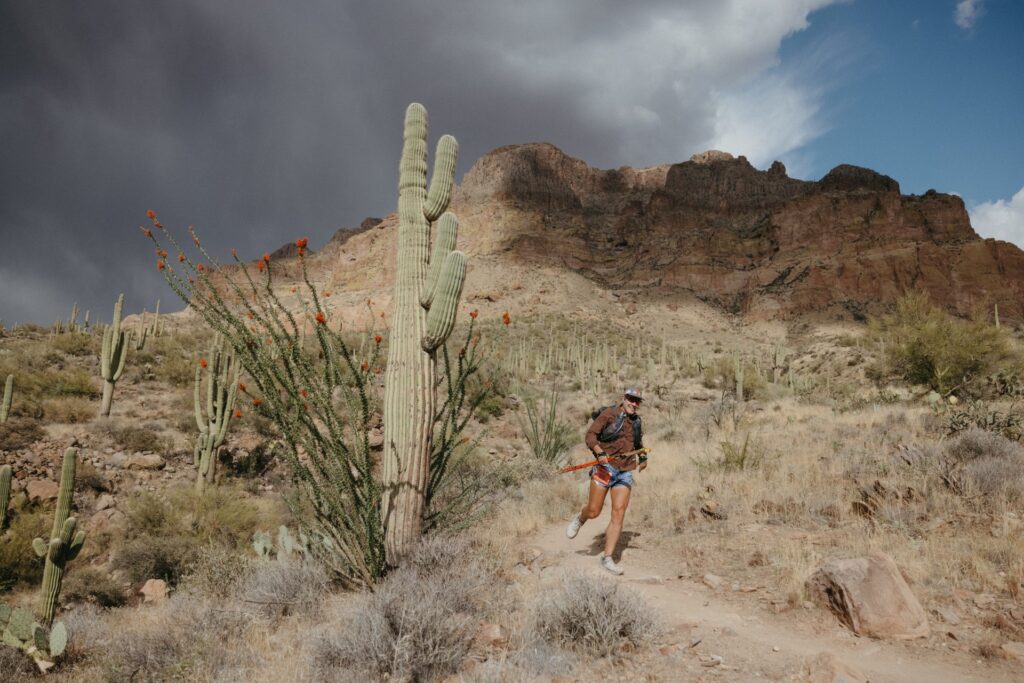
By the numbers, the Arizona Monster sounds like an absurd dare: 300 miles on foot, through sun-baked canyons and rocky ridgelines, with 40,000 feet of climbing and enough exposure to make your toes curl.
And yet, people showed up. Not just the hardened few who seek out pain as a teacher, but everyday runners with big feelings, busted knees, fragile reasons for starting, and surprisingly generous senses of humor. Racing 300 miles won’t solve your problems, but it might reframe them.
Take Helgi Olafson. Helgi has ankylosing spondylitis, an autoimmune disease that already makes running feel like moving through glue, then he got hit with COVID, thankfully testing negative two days before the start. He showed up anyway.
“I probably shouldn’t have started the race,” he admits. “But hey, let’s give it a go. What’s the worst that could happen?” Turns out: a lot. At one point, Helgi hallucinated dragons made of desert trees and curled up in the dirt to nap mid-stride. At another, he hobbled into an aid station after averaging 45-minute miles, thinking he might miss the cutoff after nearly 300 miles of effort. “My body just shut down,” he said. “But then I thought about my crew. My partner. My community. All the people I wanted to do this for. And I kept moving.”
“My body just shut down,” he said. “But then I thought about my crew. My partner. My community. All the people I wanted to do this for. And I kept moving.”
Most runners were out on course for six to seven days, moving at an average pace of 2 to 3 miles per hour, including stops for foot care, food, naps, and staring blankly into space. Finishers slept in bursts, on rocks, in wash basins, next to rattlesnakes, getting by on 1–3 hours of sleep per night. Temperatures swung wildly, with daytime highs climbing into the 90s and plummeting into the 30s overnight, especially at higher elevations like Mt. Lemmon. That meant runners needed gear for both heatstroke and hypothermia, sometimes within the same 12-hour stretch.
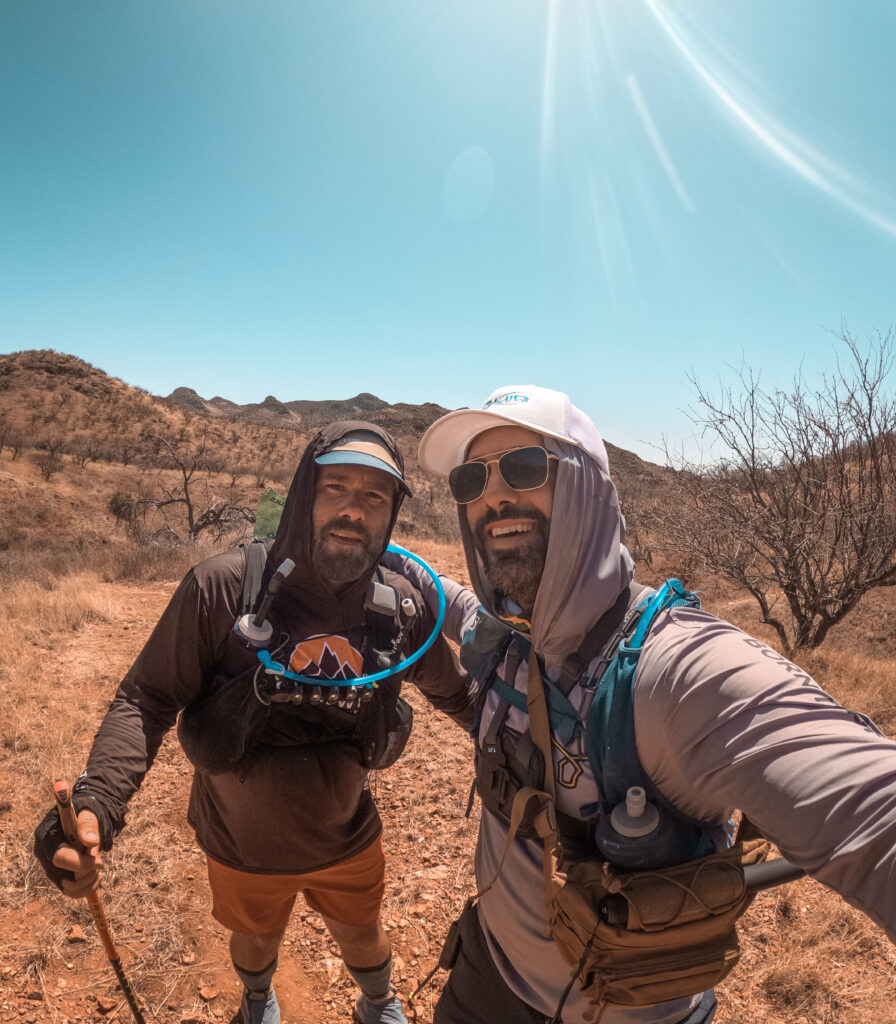
For days, runners kept themselves going, tethered to something bigger than themselves. For Anne Tisdell, it was the simple, terrifying idea of trying something that scared her. “I was crying at the start line,” she said. “Not because I didn’t think I could finish, but because I was actually doing the thing I was scared to try.” Days later, somewhere in the dust and heat, she collapsed for a trail nap. When she opened her eyes, the runner she’d been with, faster, stronger, totally capable of leaving her behind, was still sitting next to her, waiting. “It was one of the kindest things anyone’s ever done for me,” she said.
Others came with even heavier baggage. Shawna Joe started the race in grief. “I compared the pain of running to the pain of losing a child,” she said. “One was temporary. One was permanent. So I kept going.” She moved through the desert like it was sacred space, crying, praying, and watching the sun rise again and again. “It reminded me I was alive.”
She moved through the desert like it was sacred space, crying, praying, and watching the sun rise again and again. “It reminded me I was alive.”
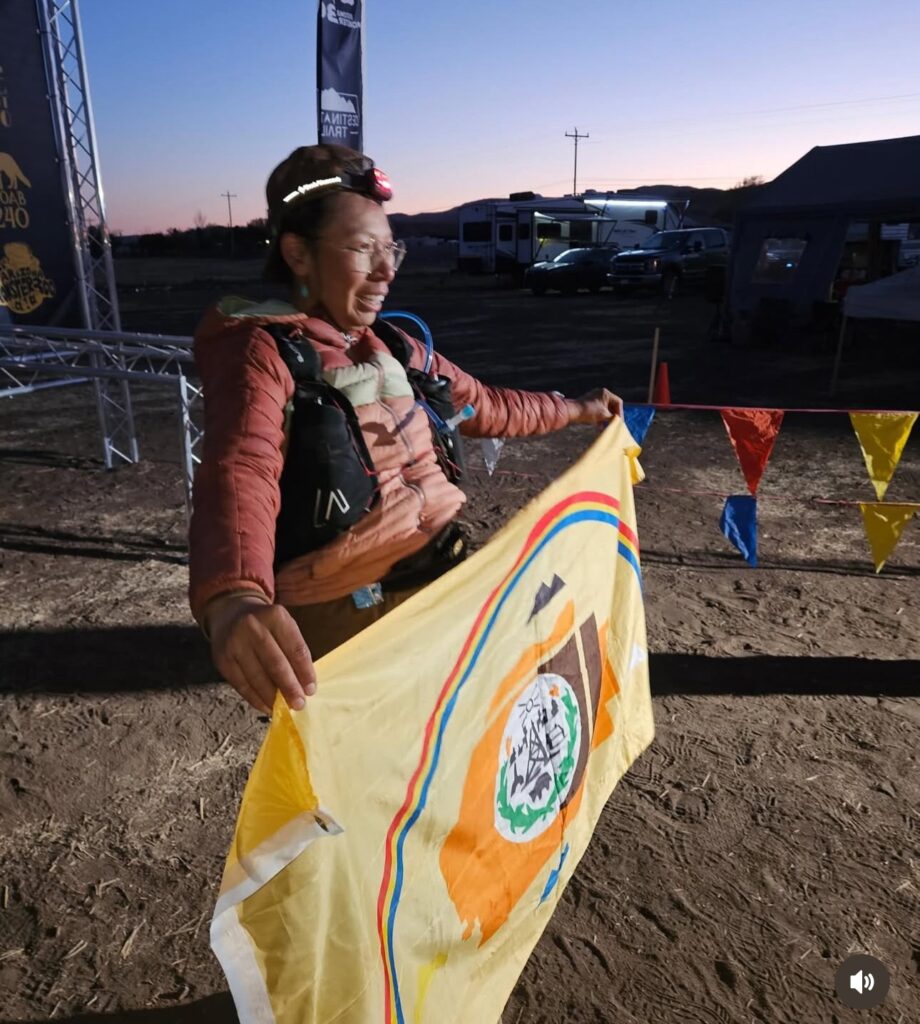
Even those who didn’t finish found purpose in showing up. Ultrarunning legend Catra Corbett dropped at mile 60 with a knee injury, but stuck around to hand out snacks, boost struggling runners, and cheer them on. “I learned I can still support others, even when it’s not my day,” she said. She’s already signed up for next year.
Then there’s Scott Jenkins, who flew in from the UK to run for Operation Smile, a charity providing cleft palate surgeries for children. “I would’ve been disappointed if it hadn’t been hot and difficult,” he said, matter-of-fact. For him, the challenge was the point. He crossed the finish line in the top ten, a first in his fifteen-year ultrarunning career.
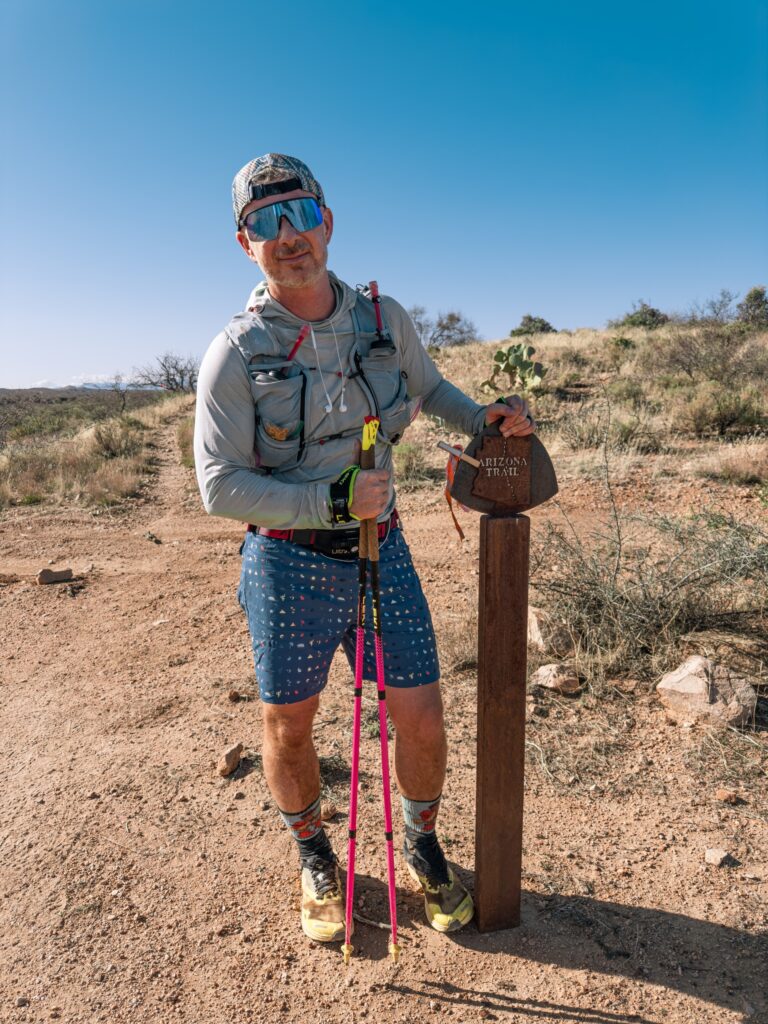
And of course, there was Andrew Glaze, who somehow didn’t fall once during the entire 300 miles, a statistical miracle in itself. “I cried happy tears more than once,” he said. He also sleepwalked while talking to plants, which feels spiritually correct for a race like this.
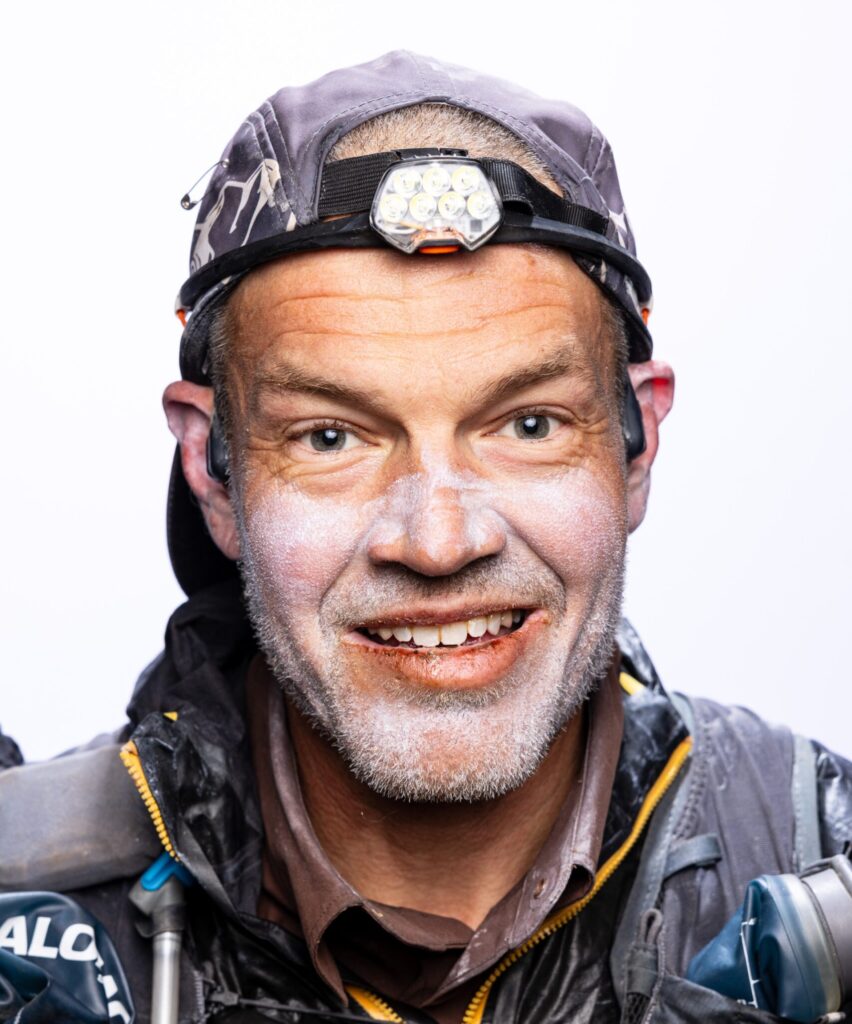
If you ask any of them whether you should do a 300-miler, most will say the same thing: not unless you really, truly want to. The Monster is a lot. It breaks things. Feet, plans, egos. But it also builds things, like trust, like community, like the kind of soft, stubborn courage you can only learn when you’re 250 miles in, blistered and sleep-starved, trying to remember why you started.
You don’t finish a race like this because you’re tough. You finish because a stranger helps you bandage your blisters. Because your crew believed in you, even when your own faith waned. Because the other runners you’ve chased over the course of days have started to feel like family. Because you believe, maybe irrationally, that it matters.
As Helgi said: we need each other to go farther.